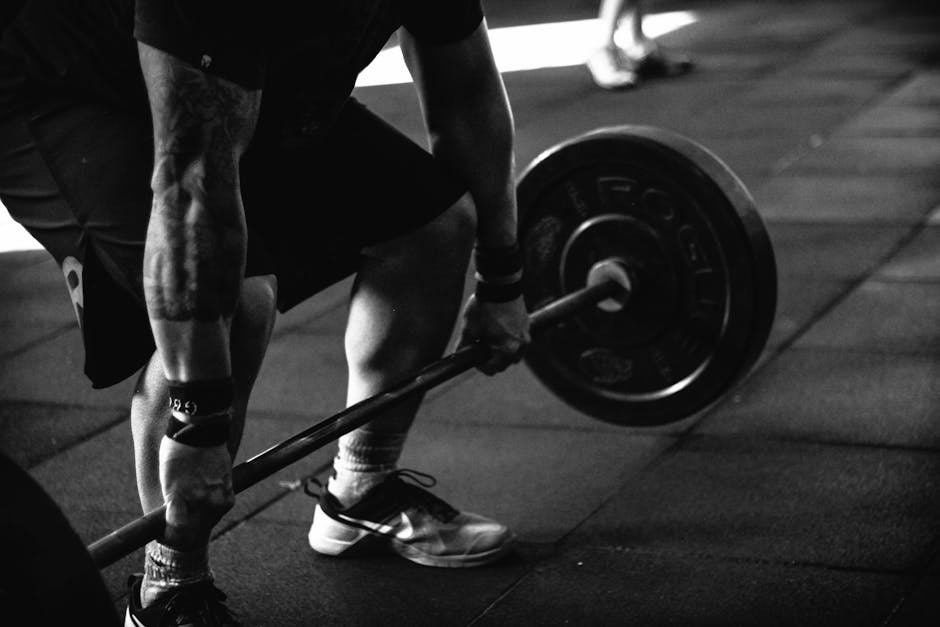
In a world obsessed with the latest high-tech athletic footwear, it might seem counterintuitive to see elite fitness professionals and athletes kicking off their expensive sneakers. Yet, an increasing number of top trainers, powerlifters, and functional movement specialists are embracing the ancient practice of barefoot training. But why are these pros intentionally opting for less support?
The answer lies in reclaiming the foot’s natural capabilities. Our feet are incredibly complex structures, housing 26 bones, 33 joints, and over 100 muscles, tendons, and ligaments. They are designed to act as intricate sensory organs, providing critical feedback to the brain about our balance, position, and the ground beneath us. Modern shoes, while offering cushioning and protection, can often act like casts, dulling this vital sensory input and weakening the intrinsic muscles of the foot. Barefoot training re-establishes this crucial connection, enhancing proprioception (your body’s awareness of its position in space) and improving overall stability.
One of the primary benefits is the development of stronger, more resilient feet and ankles. When you train barefoot, the smaller, stabilizing muscles in your feet are forced to work harder, improving their strength and endurance. This can translate directly into better balance, agility, and a reduced risk of common ankle and foot injuries. Think about it: a stronger foundation means a more stable structure above it. For movements like squats, deadlifts, and lunges, a stable base is paramount for both performance and injury prevention.
Furthermore, barefoot training often encourages a more natural movement pattern. Many shoes, especially those with elevated heels or excessive cushioning, can alter your gait and force you into unnatural landing patterns during activities like running or jumping. Training unshod helps to restore the foot’s natural shock-absorption mechanisms, promoting a midfoot or forefoot strike, which can reduce impact forces on the knees, hips, and spine. This aligns with the body’s innate biomechanics, leading to more efficient and less stressful movement.
For performance, particularly in strength training, the direct ground contact offered by barefoot training is invaluable. When you perform a heavy lift like a deadlift or squat, being able to ‘grip’ the floor with your toes and feel the pressure distribution through your entire foot allows for better force transfer and more effective muscle activation throughout your entire kinetic chain. This enhanced connection to the ground can unlock greater power output and improved lifting mechanics, which is why many powerlifters swear by barefoot or minimalist shoe training for their heaviest lifts.
Of course, diving straight into intense barefoot training isn’t advisable. It’s a gradual process, allowing your feet and ankles to adapt. Start with low-impact exercises, mobility drills, and shorter durations on safe, clean surfaces. Exercises like barefoot deadlifts, squats (with lighter weights initially), stability drills, and even simply walking barefoot can begin to reawaken those dormant foot muscles. As with any training modification, listen to your body and progress incrementally.
So, the next time you see a top fitness pro training without shoes, know that it’s not just a quirk or a trend. It’s a calculated decision to reconnect with their body’s fundamental design, build a stronger foundation from the ground up, and unlock a new level of performance and injury resilience. Perhaps it’s time to consider giving your feet the freedom they were designed for.

